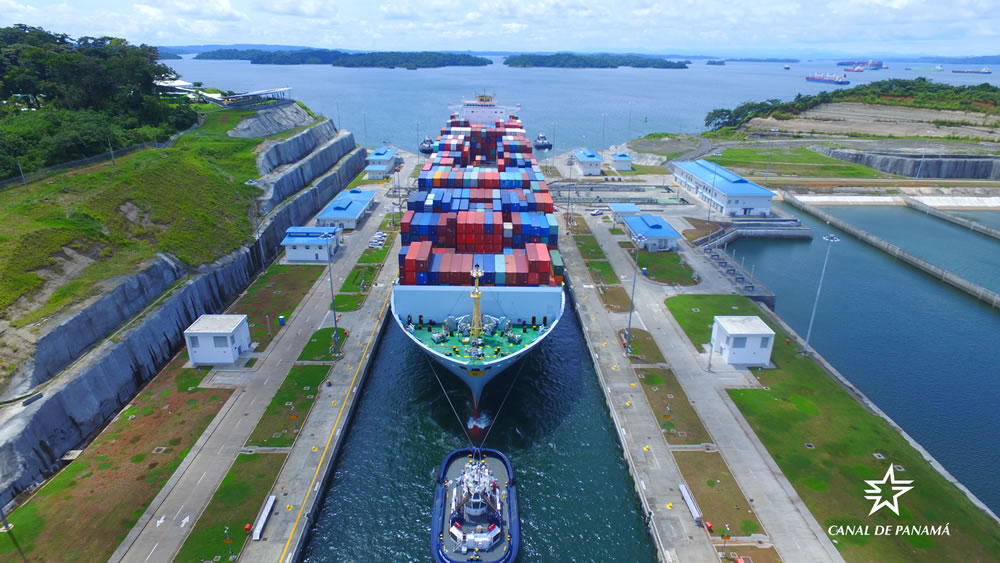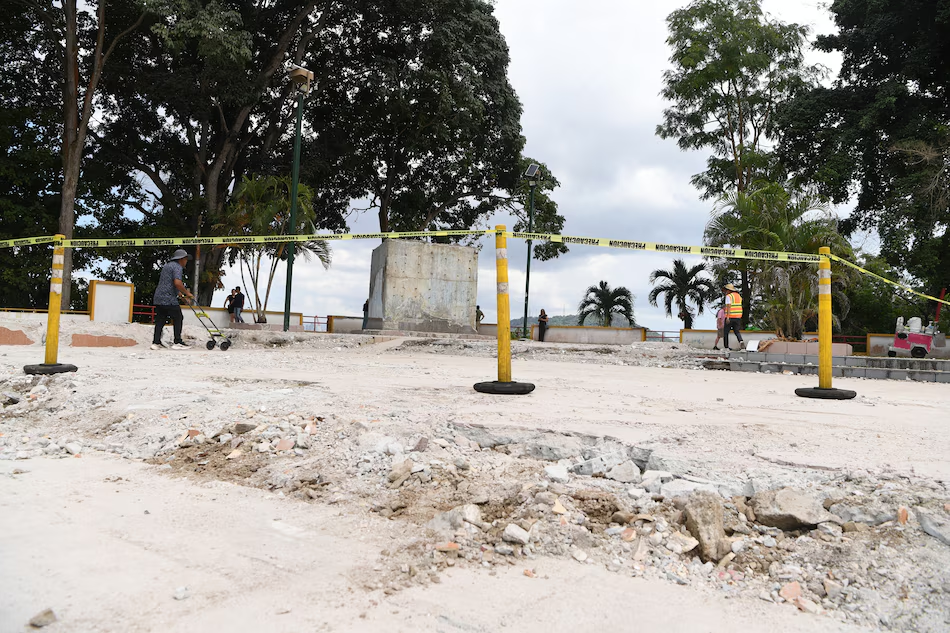Some Panama History: The Kingdom of Scotland Created the Darien Scheme in the 1690’s

The Darien scheme was an unsuccessful attempt, backed largely by investors of the Kingdom of Scotland, to gain wealth and influence by establishing New Caledonia, a colony in the Darién Gap on the Isthmus of Panama, in the 1690s. The plan was for the colony, located on the Gulf of Darién, to establish and manage an overland route to connect the Pacific and Atlantic Oceans.
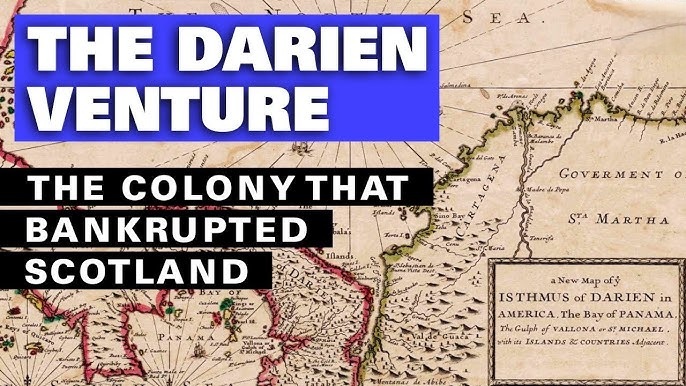
The backers knew that the first sighting of the Pacific Ocean by Vasco Núñez de Balboa pictured below, was after crossing the Isthmus through the Darién. The expedition also claimed sovereignty over “Crab Isle” (modern day Vieques, Puerto Rico) in 1698, yet sovereignty was short-lived. The attempt at settling the area did not go well; more than 80 percent of participants died within a year, and the settlement was abandoned twice.
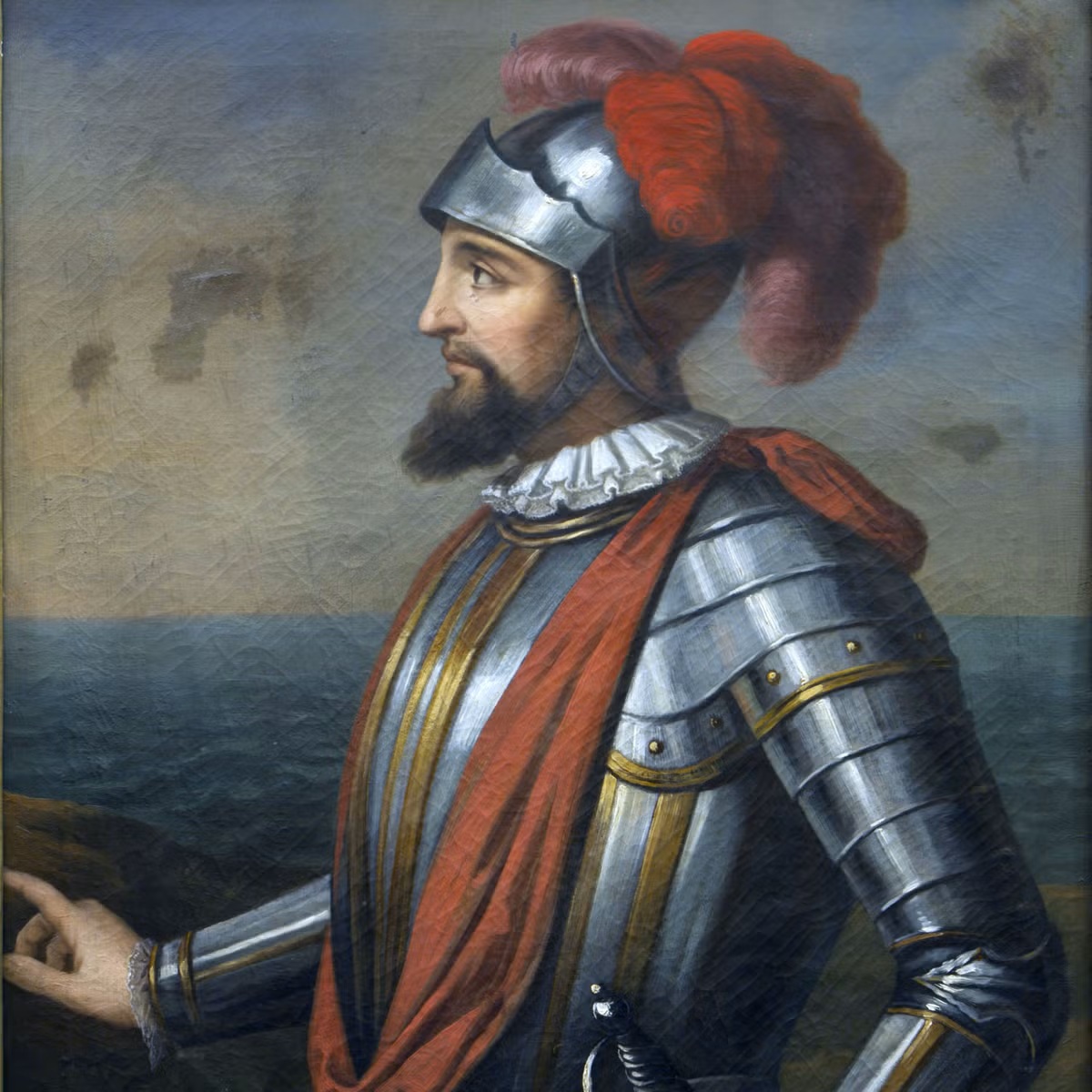
There are many explanations for the disaster. Rival claims have been made suggesting that the undertaking was beset by poor planning and provisioning; divided leadership; a lack of trade with local indigenous tribes or neighboring Dutch and English colonies; epidemics of tropical disease; widespread opposition to the scheme from commercial interests in England; and a failure to anticipate a military response from the Spanish Empire. It was finally abandoned in March 1700 after a siege by Spanish forces, which also blockaded the harbor. The Company of Scotland was backed by approximately 20 per cent of all the money circulating in Scotland, so its failure left the entire Scottish Lowlands in financial ruin. This was an important factor in weakening resistance to the Act of Union (completed in 1707). The land where the Darien colony was built is located in the modern territory of Guna Yala.
Who Was Vasco Núñez de Balboa?
Explorer and conquistador Vasco Núñez de Balboa helped establish the town of Darién on the Isthmus of Panama, becoming interim governor. In 1513, he led the first European expedition to the Pacific Ocean, but news of the discovery arrived after the king had sent Pedro Arias de Ávila to serve as the new governor of Darién. Ávila, reportedly jealous of Balboa, had him beheaded for treason in 1519.
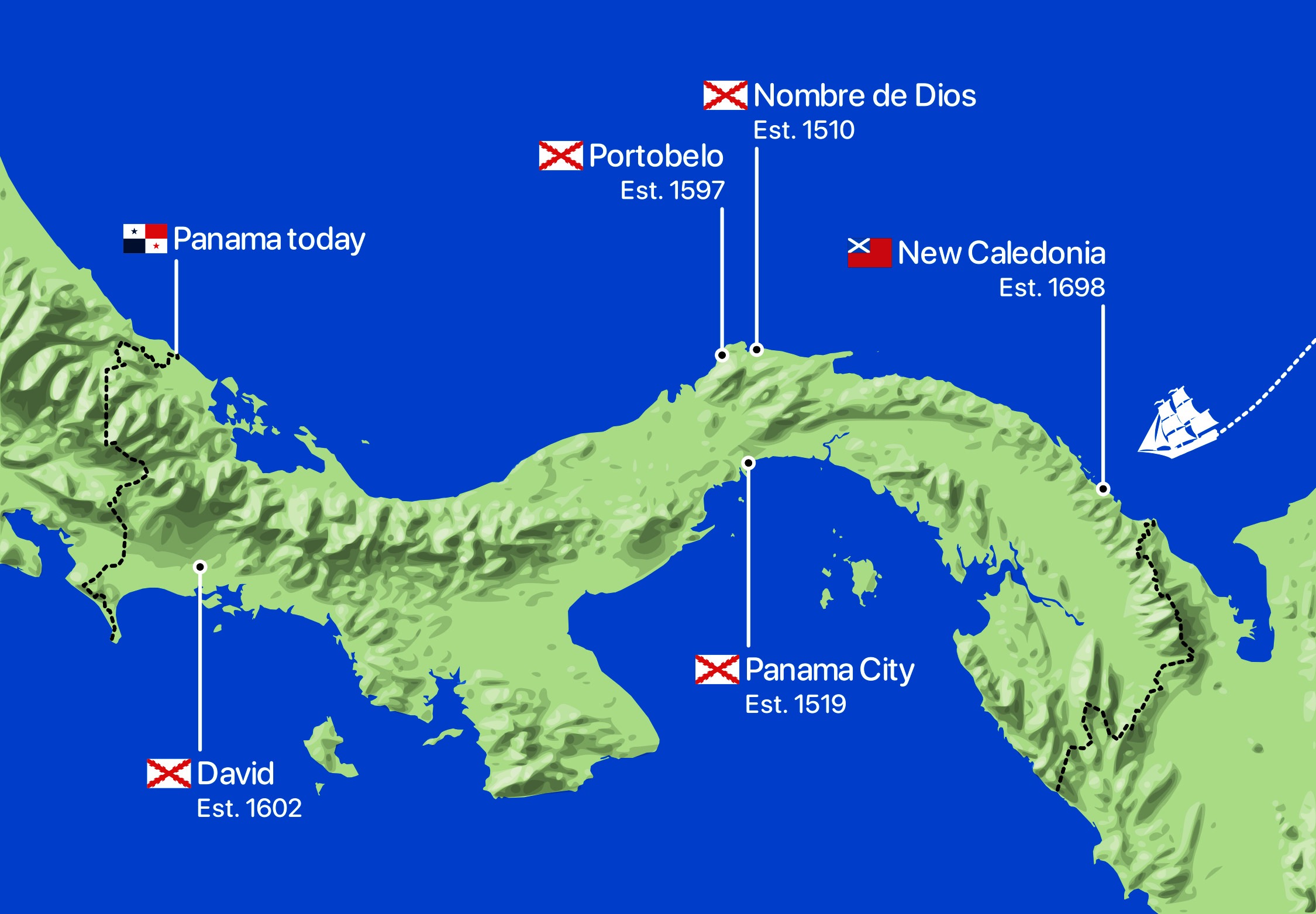
New Caledonia in Panama refers to the failed Scottish colony established in the Darien region in the late 1690’s, as part of the Daren scheme. The colony, also known as New Edinburgh, was intended to facilitate trade between the Atlantic and Pacific Oceans. However, it suffered from poor planning, disease, and ultimately failure, with many colonists dying and the colony being abandoned.
Here’s a more detailed look:
- The Darien Scheme: This was a Scottish attempt to establish a colony in the Darién region of Panama, aiming to create a trade route between the Atlantic and Pacific.
- New Caledonia: The colony was named New Caledonia, and it was located in what is now known as Caledonia Bay.
- Scottish Investment: The scheme was heavily backed by Scottish investors, with a significant amount of money invested in the project.
- Failed Attempt: The colony faced numerous challenges, including inadequate provisions, unfamiliar climate, disease outbreaks, and conflicts with the local indigenous population.
- Consequences: The Darien scheme was a major disaster for Scotland, with significant financial losses and a high death toll among the colonists.
- Archaeological Site: Today, the remains of the colony, including a shipwreck and a fort, can be found in Caledonia Bay, attracting archaeological interest.
Leif Gehrmann created a much more in depth look at this story below:
https://leifgehrmann.com/2023/04/02/mapping-new-caledonia/




